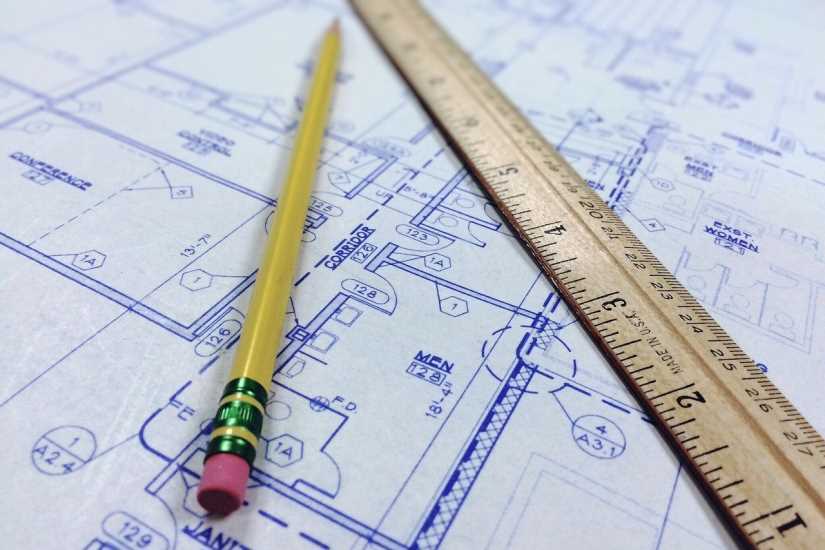A Template for Clean Domain-Driven Design Architecture

This is an architectural template for building web applications which is based upon my interpretation of the Clean DDD and CQRS concepts that I introduced in the previous entry. To demonstrate this, I've created a demo application which attempts to solve a fictional problem for a fake organization. In developing this template, I studied solutions and tutorials from a handful of experts.
[...Read More]



